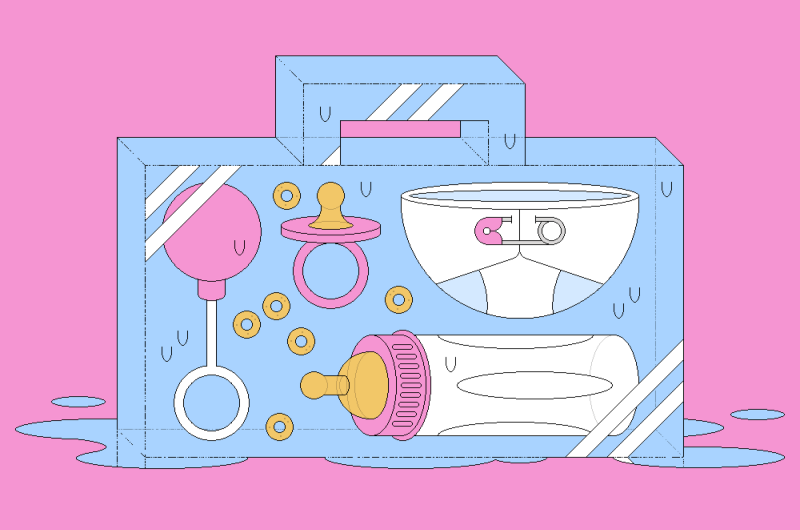Like me, my eggs were flying economy class. We—my dog Stewie and I—were in seat 8D, while 12 of my cryopreserved oocytes, four straws of three eggs each, had a window seat further back. They were ensconced in a cryogenic storage flask, known as a dewar, which was packed into a rolling metal suitcase the size of a small carry-on.
Made possible by advances in cryogenics and cold-chain technology, the shipping of gametes and embryos around the world is a growing part of a booming global fertility sector. As people have children later in life, the need for fertility treatment increases each year. The ability to move eggs, sperm, and embryos across borders allows tens of thousands of patients to access this medical care if it’s unavailable in their own country because of legal restrictions or prohibitive pricing. Couriers enable would-be parents to assemble all the necessary components for a baby in the same place, whether those components come from their own bodies or are provided by a donor.
There are many reasons why people might need to ship eggs, sperm, and embryos from one place to another: cost, regulatory arbitrage, access to a specific selection of donor gametes, or just life changes, such as a cross-country or overseas move.































